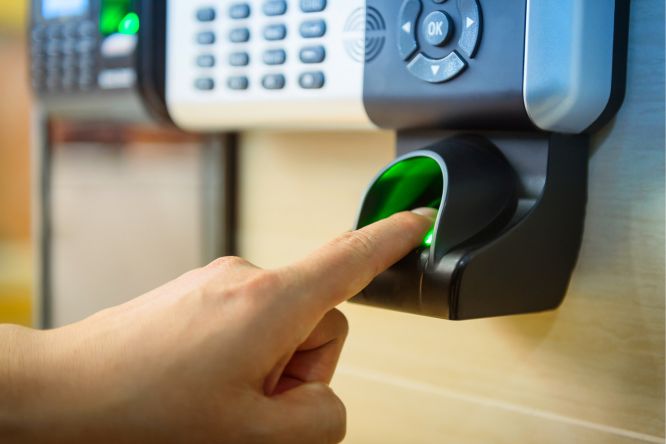Operational Technology (OT)
Fortifying Industrial Control Systems with the Purdue Model
Operational Technology (OT) security involves protecting the critical systems that monitor and control physical devices and processes in industrial environments. As industries undergo digital transformation, OT devices like Industrial Control Systems (ICS), Supervisory Control and Data Acquisition (SCADA) systems, and industrial networks become integral to driving automation and efficiency. With the growing integration of OT and IT networks—where OT components interact with IT elements such as processors, storage, and systems management—new vulnerabilities emerge, exposing critical infrastructure to previously unseen cybersecurity risks.
The convergence of OT and IT networks has expanded the attack surface, creating new opportunities for cyber threats to exploit. A single breach can result in significant disruptions, leading to outages of essential services and severe operational consequences. As a result, ensuring robust OT security is more crucial and challenging than ever before. Effective OT security strategies are vital to protect these interconnected systems, safeguarding against evolving cyber threats and maintaining the reliability and safety of critical infrastructures.
The Purdue Model Explained
The Purdue Model for Industrial Control Systems is a recognized framework that organizes ICS architecture into hierarchical levels. This structured approach is designed to enhance security and manageability by clearly defining areas where security controls should be focused.
Building a Robust OT/IoT/MIoT Security Environment: Key Considerations
Creating a secure environment for Operational Technology (OT), Internet of Things (IoT), and Industrial Internet of Things (MIoT) involves more than just implementing advanced technology; it requires a comprehensive strategy that seamlessly integrates OT and IT security to ensure enhanced visibility and streamlined operations.

Key steps to establish an effective OT/IoT/MIoT security framework include:
Achieving comprehensive visibility of all devices and machines entering and exiting the network.
Setting up diverse threat detection mechanisms to identify potential risks promptly.
Implementing a risk-based vulnerability management (RBVM) system to prioritize and address vulnerabilities effectively.
Continuously monitoring assets and their interactions across different networks to prevent unauthorized access and breaches.
Deploying secure, intelligent remote access solutions that ensure safe connectivity without compromising security.
Establishing a well-organized configuration management process for both networks and devices to maintain security integrity.
General Security Measures For OT Security

Network Segmentation
- Purdue Model for ICS Security
- 6 Layers Network Segmentation
- Isolated & Secured OT Infrastructure

Access Control
- Implement strict access controls to limit user privileges
- Use strong authentication mechanisms, such as MFA
- Regularly review and update user access rights

Up-To Date Infra
- Robust patch management process
- Virtual Patching
- Regular VAPT
Key Differences Between IT and OT Security
Focus and Priorities : IT security typically prioritizes confidentiality and data integrity to protect information assets. In contrast, OT security focuses on the availability and reliability of systems that control physical processes.
Environment and Systems : OT environments often involve legacy systems with long lifecycles and are not regularly updated, unlike IT systems, which can be updated more frequently and are often designed with security in mind.
Response to Threats : The approach to mitigating threats differs; in IT, the response can afford temporary shutdowns or restrictions for security updates, whereas in OT, continuous system availability is crucial, often requiring that systems remain operational even during patching and updates.


Operational Technology Security Best Practices
Network Segmentation and Isolation : Critical to preventing the spread of breaches from IT environments to more sensitive OT areas.
Robust Access Controls : Essential for ensuring that only authorized personnel have access to control systems, minimizing the risk of internal threats.
Real-time Monitoring and Detection : Implementing advanced monitoring tools that can detect and alert on abnormal activities indicative of potential security threats.
Regular Vulnerability Assessments : Conducting assessments and applying patches in a controlled manner to minimize impact on operational continuity.
